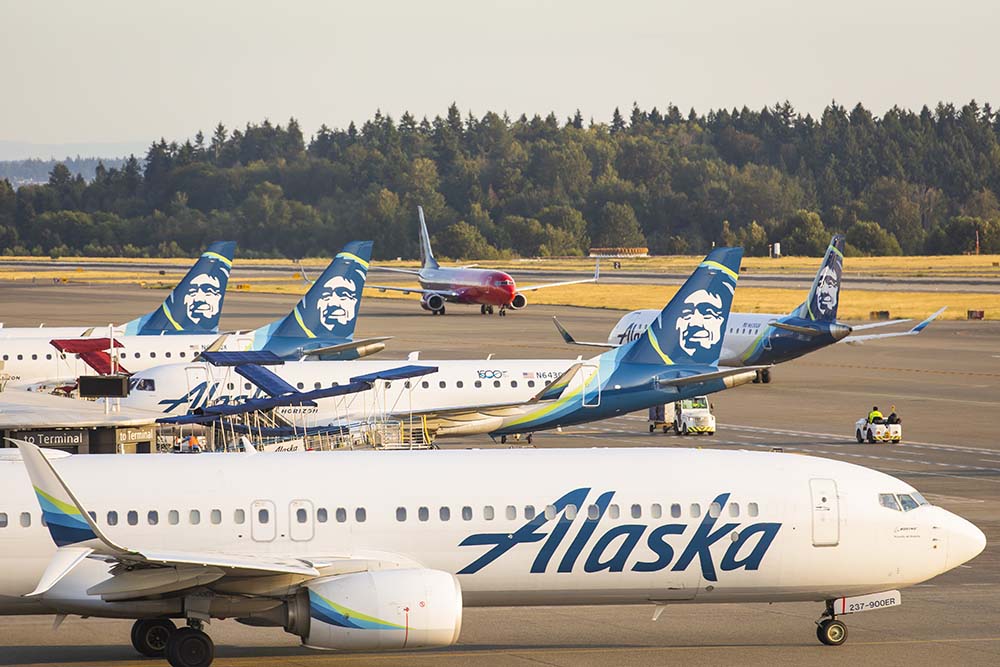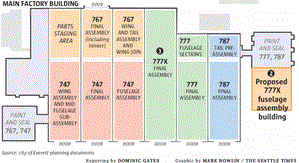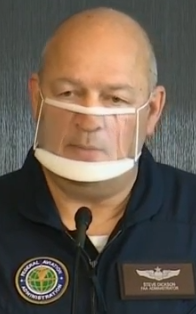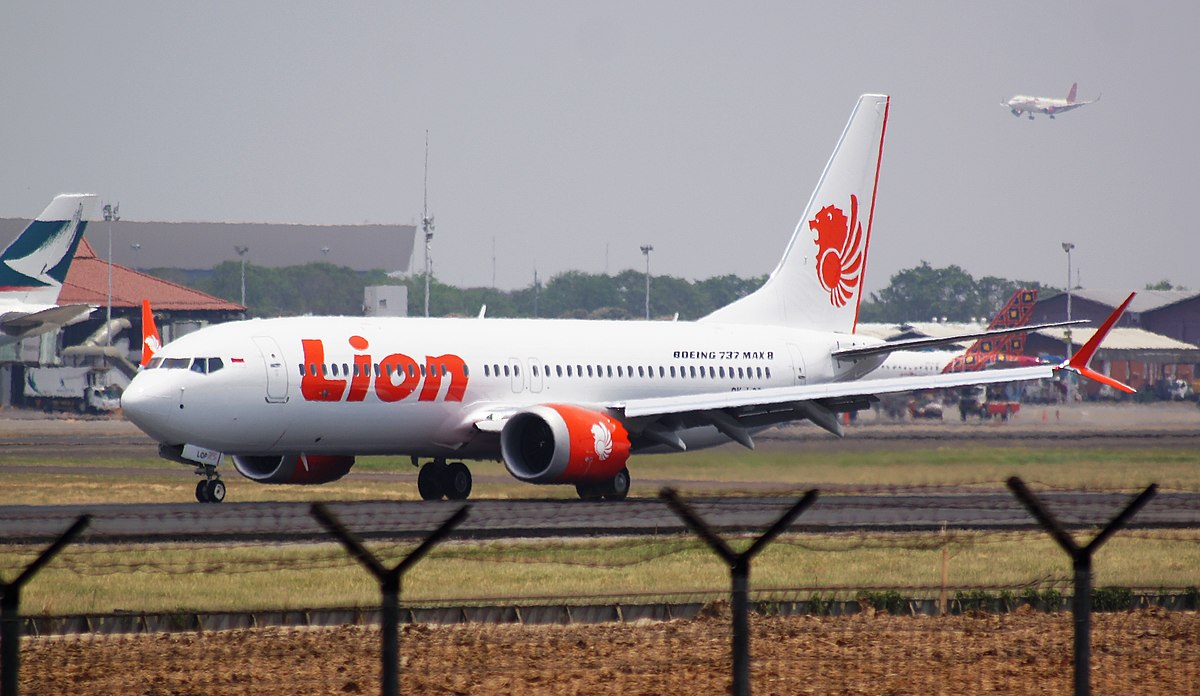Leeham News and Analysis
There's more to real news than a news release.
 Leeham News and Analysis
Leeham News and Analysis
- Bjorn’s Corner: New engine development. Part 4. Propulsive efficiency April 19, 2024
- Boeing unlikely to meet FAA’s 90-day deadline for new safety program April 18, 2024
- Focus on quality not slowing innovation, says GKN April 18, 2024
- Boeing defends 787, 777 against whistleblower charges April 17, 2024
- Dissecting Boeing CEO’s statement next new airplane will cost $50bn April 15, 2024
Lessors to Take Growing Share of Fleeting the Future
By Kathryn B. Creedy
Air Lease Executive Chair Steven Udvar Hazy expects lessors to play a larger role in aircraft fleeting in the future, according to comments made during yesterday’s Aviation Week Fireside Chat with the lessor.
“I don’t see lessors going below 40%,” he told Air Transport World Editor Karen Walker. “I see it creeping up to perhaps 50% or 55% and that includes operating leases and various other exotic mechanisms.”
Udvar Hazy pointed to the poor financial shape of the world’s airlines which have used all their current levers to increase liquidity to ride out the Covid 19 crisis.
Posted on October 13, 2020 by Kathryn Creedy
Alaska Airlines may keep leased Airbus fleet
By Olivier Bonnassies
Airfinance Journal
Oct. 9, 2020, (c) Airfinance Journal: Alaska Airlines is believed to be working on a solution regarding its narrowbody fleet composition after initial talks failed with lessors regarding an early phase-out of Airbus A320-family aircraft.The US carrier approached leasing companies in the summer with a large request for proposals (RFP) to replace its entire leased current-generation A320-family fleet with Boeing 737-800, -900ER, Max 8 and Max 9 models over the next few years.

Alaska Airlines may keep a mixed fleet of Airbus A320s and 737s at least through 2025. Lessors are balking at early returns. Photo: Alaska Airlines.
According to Airfinance Journal‘s Fleet Tracker, Alaska has 10 A319s with leases expiring between 2021 and 2023. Another 41 A320s have leases expiring between 2020 and 2025.
But the objective of the RFP is to accelerate the exit of the carrier’s 51 A320-family aircraft ahead of lease expirations as well as sell 10 owned A320s that were manufactured in 2015 and 2016.
But leasing sources talking to Airfinance Journal say the approach was not “well received”.
“They may keep those aircraft to scheduled redelivery dates,” says one lessor.
Posted on October 9, 2020 by Scott Hamilton
With 787 FAL closing and 747 production ending, what does Boeing do with massive space in Everett?
Subscription Required
By Scott Hamilton and Bryan Corliss
Introduction
Oct. 1, 2020, © Leeham News: Boeing is expected to announce as early as today that it will consolidate the 787 final assembly lines into one at its Charleston (SC) plant.

Footprint of Boeing Everett final assembly building. This map is somewhat outdated but a current one is not available. Source: Seattle Times.
Reuters reported last week the decision to consolidate production in Charleston was made. The Wall Street Journal Tuesday night also reported this decision, saying the decision could be announced this week.
The Everett (WA) line is expected to close as production of the 787 falls below seven a month. Boeing previously announced the rate will fall from a peak of 14/mo to 6/mo by 2022.
With the closure of the 747 line in Everett slated for 2022, this will open huge bays in Everett. Nearly half the world’s largest building by volume will be empty. Given lower production rates because of the COVID-19 pandemic, the 777 lines will be woefully underutilized.
Overhead costs probably can’t be absorbed by the remaining low-rate production 767/KC-46A and 777 lines. Boeing warned in its 2Q2020 10Q SEC filing that the 787 and 777 lines face a forward loss depending on production rates of other lines.
With no New Midmarket Airplane (NMA) being contemplated to fill the empty bays, what can Boeing do to utilize these massive spaces and retain profitability of Everett?
A radical solution is moving the 737 line from Renton to Everett. This means Renton would close well before the 2033 date LNA predicts and selling off the property for commercial development.
Related stories
Posted on October 1, 2020 by Scott Hamilton
FAA administrator flies MAX in next step to recertification
By Scott Hamilton
Sept. 30, 2020, © Leeham News: Boeing is one step closer to recertifying the 737 MAX.
Steve Dickson, the administrator of the Federal Aviation Administration, fulfilled a pledge this morning to pilot the MAX as one of the final steps in the recertification process.
The MAX was grounded in March 2019 following the second fatal accident of the airplane in five months.
Dickson said he would not recertify the airplane until he piloted it and was satisfied Boeing redesigned the now-infamous MCAS software that triggered events leading to the two crashes.
Posted on September 30, 2020 by Scott Hamilton
HOTR: Somewhat stabilizing twin-aisle lease rates
By the Leeham News Staff
Sept. 22, 2020, © Leeham News: Ishka, the UK-based appraisal and consultancy firm, Thursday published its update of values and rents for 5-year old, twin-aisle aircraft. After a significant reduction since the beginning of the year, lease rates seem to be stabilizing.
Posted on September 22, 2020 by Vincent Valery
Why is the 737 MAX safe now when it wasn’t before?
Subscription Required
Now open to all readers.
By Bjorn Fehrm
Introduction
September 14, 2020, © Leeham News: The FAA and EASA Safety of Flight authorities have examined and test flown the changes Boeing has done to the 737 MAX to make it safe to fly again. Everything points to these authorities re-certifying the 737 MAX as safe to fly in the coming months.
In a Saturday article Dominic Gates of The Seattle Times quotes from a recent interview with me and an experienced 737 Captain, Mike Gerzanics, where we both say we consider the MAX safe to fly with the changes.
Here my reasons as an aeronautical engineer why I think so.
- The original design of a smoothing software for the 737 MAX flight control system was badly implemented.
- It’s not the changes to the 737 MAX base aircraft that makes it unsafe, such as larger engines, it was an unusually sloppy implementation of the smoothing software, called MCAS, that was flawed.
- MCAS is now properly implemented and tested. This returns the 737 to the safe aircraft it was before MCAS was implemented.
Posted on September 14, 2020 by Bjorn Fehrm
HOTR: Boeing warns of forward losses on 787, 777X programs
By the Leeham News Staff
Aug. 5, 2020, © Leeham News: In another demonstration of the negative impact of the COVID-19 crisis, Boeing warned that two flagship airplane programs could face forward losses.
Neither the 787 nor the 777X are in forward loss positions yet. A forward loss means Boeing won’t make money on the program.
Despite the 787 incurring more than $30bn in deferred costs, Boeing hasn’t taken a write down. The deferred costs have been burning off since 2015. Other programs have been subjected to forward losses, including the 747-8, VC-25 (Air Force One) and the KC-46A tanker.
But with the production reduction of the 787, down to 6/mo in 2021, Boeing now says there is a risk to a forward loss.
Posted on August 5, 2020 by Scott Hamilton
Boeing’s second quarter of 2020; cutting production as revenue halves due to MAX grounding and COVID-19
July 29, 2020, © Leeham News: Boeing presented its results for the second quarter of 2020 today. The company revenue is halved compared with the last second quarter with full 737 MAX production, 2Q2018. The reported loss was $3bn but the real loss, masked by program accounting, is close to double this number.
Boeing will now cut production of the cash cow 787 to less than half the pre-COVID rate, producing six planes per month instead of 14, and the 777/777X rate goes from five presently to two per month next year and stays there for 2022.
The 737 MAX production will stay at a very low level until the present inventory of 450 produced MAX has cleared. Present planning is a slow ramp during 2021, with a rate of 31 per month only reached at the end of 2022.
Posted on July 29, 2020 by Bjorn Fehrm
Looking ahead for 2020 and 2030 decades: Embraer
Subscription Required
Fourth in a series.
By Bjorn Fehrm
Introduction
July 8, 2020, © Leeham News: All airliner OEMs have a disastrous 2020, but for Embraer, the year has been even worse. After spending a year and over $200m to carve out the Commercial Aviation division to merge it into Boeing, the Joint Venture Agreement (JV) was stopped by Boeing at the last moment.
The Executive Jets and Defense side were not affected, but now Embraer was organized as two companies instead of one. The company must now re-merge the organizations to save costs in a COVID-19 environment where limiting cash outflow, and lowering costs are necessary for survival. At the same time, it’s arch-rival on the world market, Airbus A220 has gone from strength to strength through basket selling with the popular A320.
How does Embraer come back from the Boeing pass up and regroup in a regional market that is no longer a fight of equals? Embraer competes with Airbus that in 2019 was 11 times larger in airliner deliveries and 29 times in airliner revenue.
Only in the below 100 seat market is it saved from the giant, who doesn’t have a model in the segment. And it seems the below 100 seat competitor, Mitsubishi, might fold its entry.
Summary
- The botched JV with Boeing came at the worst possible moment for Embraer, just when the COVID-19 pandemic stopped airliner deliveries.
- The planned JV had held back sales and deliveries, waiting for the JV to complete.
- In addition, it cost Embraer $200m, pushing it into the red for 2019.
- Embraer must now find another fix to the Airbus problem while wrestling with a worldwide COVID crisis.
Read more
Posted on July 8, 2020 by Bjorn Fehrm
How much life is left in the Boeing 737 MAX after recertification?
Subscription Required
By Scott Hamilton
Introduction
June 29, 2020, © Leeham News: As Boeing narrows in on recertification of the 737 MAX, one of the questions that is unanswered, but forward-reaching is, how much life is left in the airplane?
In this context, the question is not about “useful life.” This is the length of time an airplane can economically be in service before passenger carriers retire the aircraft. Then there is the potential as a cargo conversion airplane. The useful life may equal or exceed the useful life as a passenger airplane.
How much life is left in the MAX in this context means how long will it be before Boeing pursues a replacement design—and how long will MAX remain in production?
Summary
- 737NG program launched in November 1993. EIS: December 1997. Production ended late 2019.
- 737 MAX program launch, July 2011. EIS: May 2017. Boeing contract with Spirit Aerosystems for fuselages extends to 2033.
- A321XLR, MAX grounding killed NMA.
Posted on June 29, 2020 by Scott Hamilton
Email Subscription
Twitter Updates
My TweetsAssociations
Aviation News-Commercial
Commentaries
Companies-Defense
Resources
YouTube
Archives
- April 2024
- March 2024
- February 2024
- January 2024
- December 2023
- November 2023
- October 2023
- September 2023
- August 2023
- July 2023
- June 2023
- May 2023
- April 2023
- March 2023
- February 2023
- January 2023
- December 2022
- November 2022
- October 2022
- September 2022
- August 2022
- July 2022
- June 2022
- May 2022
- April 2022
- March 2022
- February 2022
- January 2022
- December 2021
- November 2021
- October 2021
- September 2021
- August 2021
- July 2021
- June 2021
- May 2021
- April 2021
- March 2021
- February 2021
- January 2021
- December 2020
- November 2020
- October 2020
- September 2020
- August 2020
- July 2020
- June 2020
- May 2020
- April 2020
- March 2020
- February 2020
- January 2020
- December 2019
- November 2019
- October 2019
- September 2019
- August 2019
- July 2019
- June 2019
- May 2019
- April 2019
- March 2019
- February 2019
- January 2019
- December 2018
- November 2018
- October 2018
- September 2018
- August 2018
- July 2018
- June 2018
- May 2018
- April 2018
- March 2018
- February 2018
- January 2018
- December 2017
- November 2017
- October 2017
- September 2017
- August 2017
- July 2017
- June 2017
- May 2017
- April 2017
- March 2017
- February 2017
- January 2017
- December 2016
- November 2016
- October 2016
- September 2016
- August 2016
- July 2016
- June 2016
- May 2016
- April 2016
- March 2016
- February 2016
- January 2016
- December 2015
- November 2015
- October 2015
- September 2015
- August 2015
- July 2015
- June 2015
- May 2015
- April 2015
- March 2015
- February 2015
- January 2015
- December 2014
- November 2014
- October 2014
- September 2014
- August 2014
- July 2014
- June 2014
- May 2014
- April 2014
- March 2014
- February 2014
- January 2014
- December 2013
- November 2013
- October 2013
- September 2013
- August 2013
- July 2013
- June 2013
- May 2013
- April 2013
- March 2013
- February 2013
- January 2013
- December 2012
- November 2012
- October 2012
- September 2012
- August 2012
- July 2012
- June 2012
- May 2012
- April 2012
- March 2012
- February 2012
- January 2012
- December 2011
- November 2011
- October 2011
- September 2011
- August 2011
- July 2011
- June 2011
- May 2011
- April 2011
- March 2011
- February 2011
- January 2011
- December 2010
- November 2010
- October 2010
- September 2010
- August 2010
- July 2010
- June 2010
- May 2010
- April 2010
- March 2010
- February 2010
- January 2010
- December 2009
- November 2009
- October 2009
- September 2009
- August 2009
- July 2009
- June 2009
- May 2009
- April 2009
- March 2009
- February 2009
- January 2009
- December 2008
- November 2008
- October 2008
- September 2008
- August 2008
- July 2008
- June 2008
- May 2008
- April 2008
- March 2008
- February 2008





